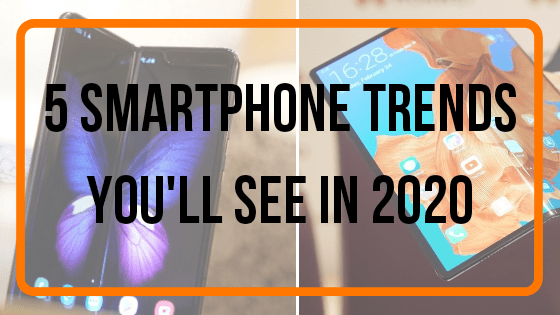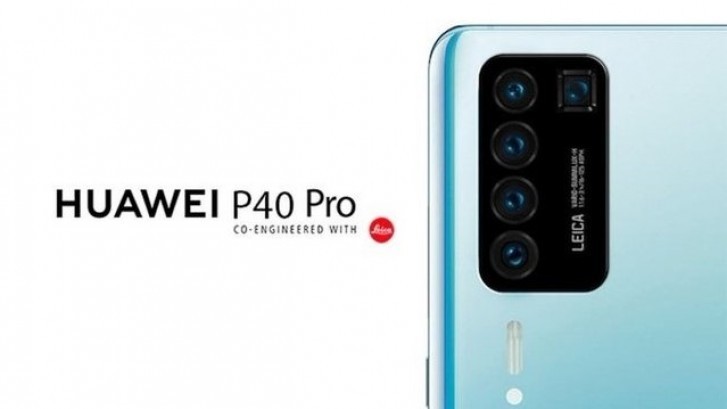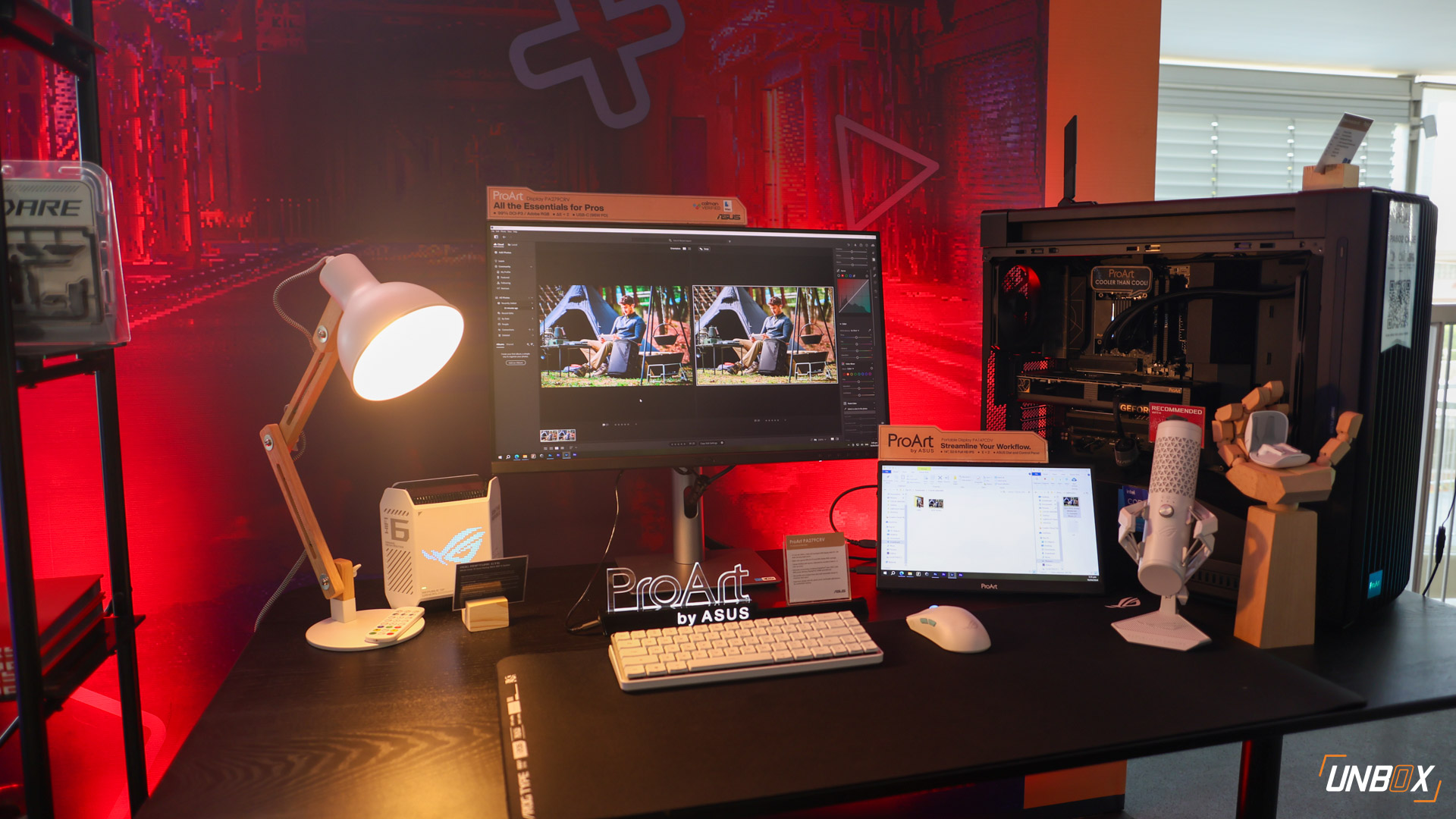More foldable phones and advanced screens
2019 is almost over, and the dawn of a new decade is here. We’ve seen crazy tech in phones this year which means we’ll see even crazier tech in 2020. Here’s five smartphone tech that will be more common in smartphones next year:
 Under display selfie cameras
Under display selfie cameras
As screens on phones get bigger and bezels get tinier, manufacturers have struggled to look for a solution for the front camera. All of them have played with the idea of notches, hole-punch displays, and pop-up camera modules, but all of these solutions had compromises that not everyone liked.
Well, all of those things may be a thing of the past in 2020, as manufacturers are creating displays that are transparent enough to hide selfie cameras under. Xiaomi was the first company to show off a concept video of this back in June, with OPPO following right after.
Samsung is also working on similar tech, and we’ll wager we’ll see more of this technology next year as early as MWC in February. Between the three companies, we’ll have plenty of notch-less phones in our review labs soon enough.
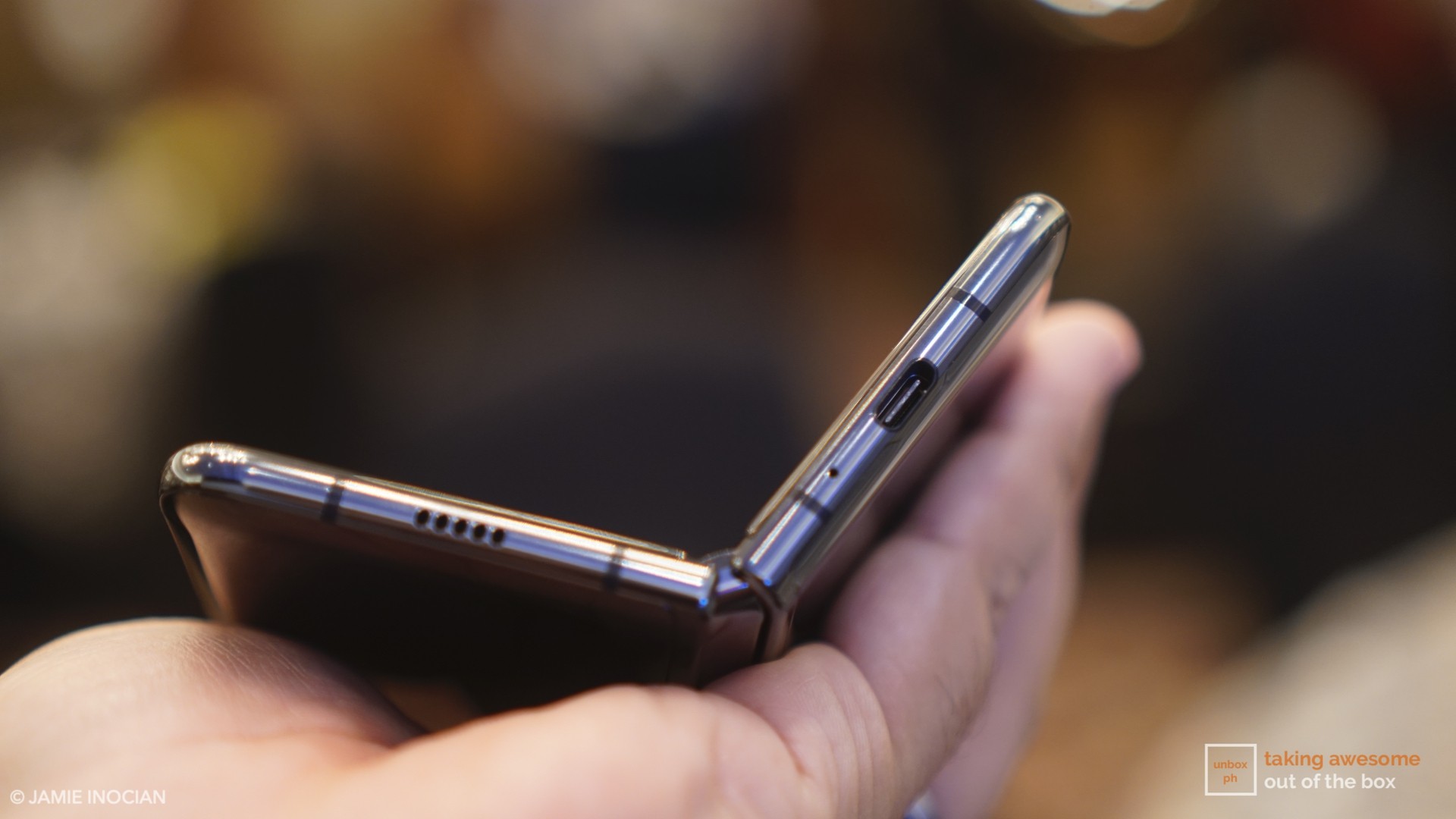 Cheaper, better folding phones
Cheaper, better folding phones
Folding phones had a late debut in 2019, with Samsung, Huawei and surprisingly enough, Motorola revealing folding models this year.
It’s not surprising that more foldable phones will be announced next year – what is surprising is that these phones will be cheaper and sturdier than the Php 100K Galaxy Fold.
READ: Samsung Galaxy Fold Hands-on: Samsung At Its Best
Samsung themselves are rumored to release a cheaper folding smartphone and have reportedly enlisted the help of manufacturers for ultra-thin glass to help protect the fragile folding display.
Tech usually gets cheaper the more refined it becomes, and while we’re not expecting mid-range prices for foldable phones in 2020, we’re hoping to at least get foldable gear that’s in relatively reasonable flagship pricing.
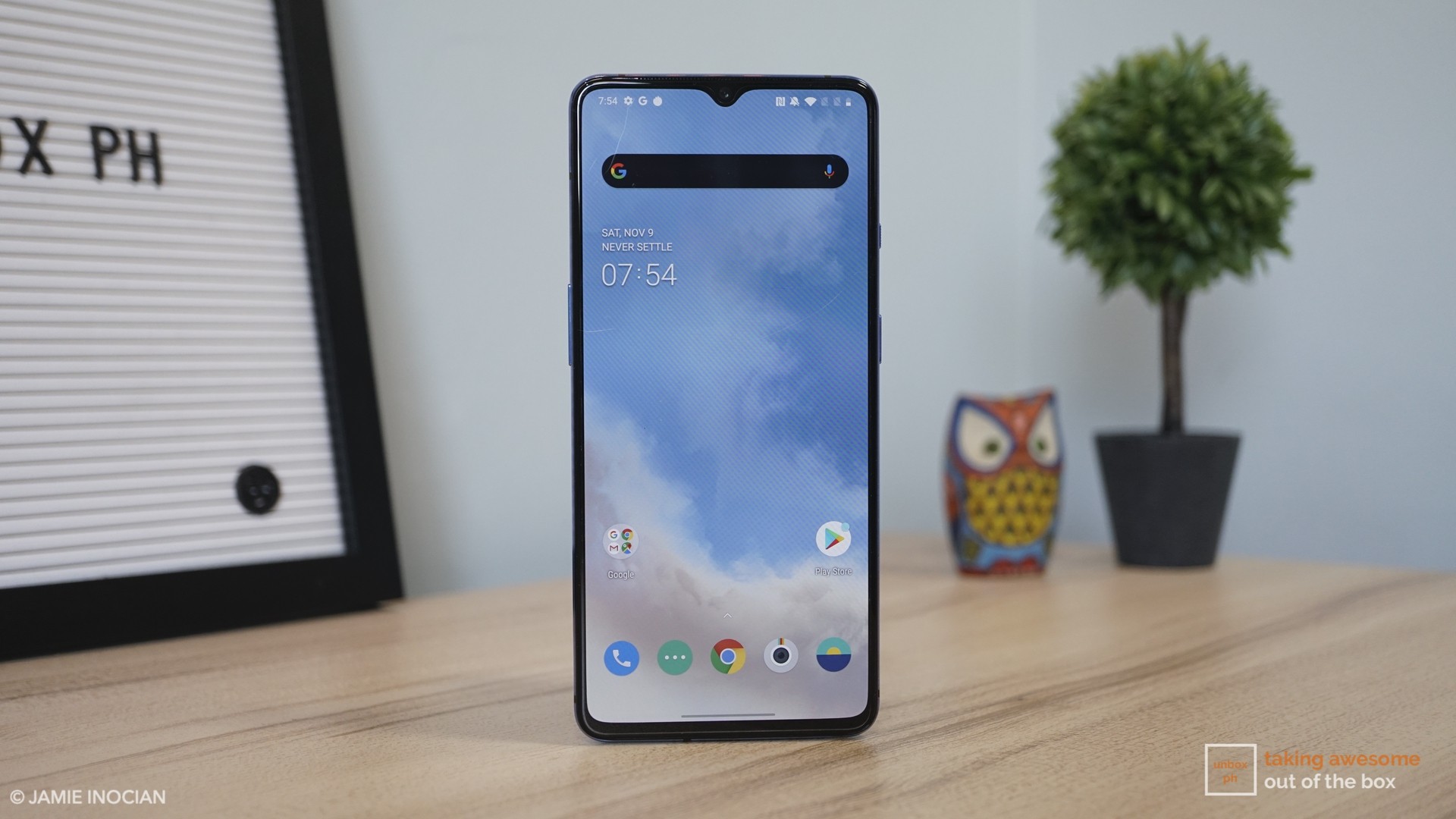 High refresh rate displays on mid-range phones
High refresh rate displays on mid-range phones
If there’s one tech we really like seeing on mobile phones in 2019, it’s high-refresh-rate displays. Jumping from a regular smartphone that has a 60Hz display to one that has a 90Hz and greater display really is something else. And with the tech getting cheaper, we’re confident that we’ll be seeing more smartphones with higher refresh rates in the mid-range market.
READ: OnePlus 7 Pro Unboxing, Quick Review: Is This The Best OnePlus Ever?
We’ve already seen phones with 90Hz panels drop below the Php 30K mark with the OnePlus 7T, and it won’t be long until mid-range phones adopt the new screen tech to attract new customers. Many manufacturers put flagship features into mid-range devices to differentiate themselves from the competition, and high-refresh-rate panels is one of those features that may see the light of day in mid-range phones.
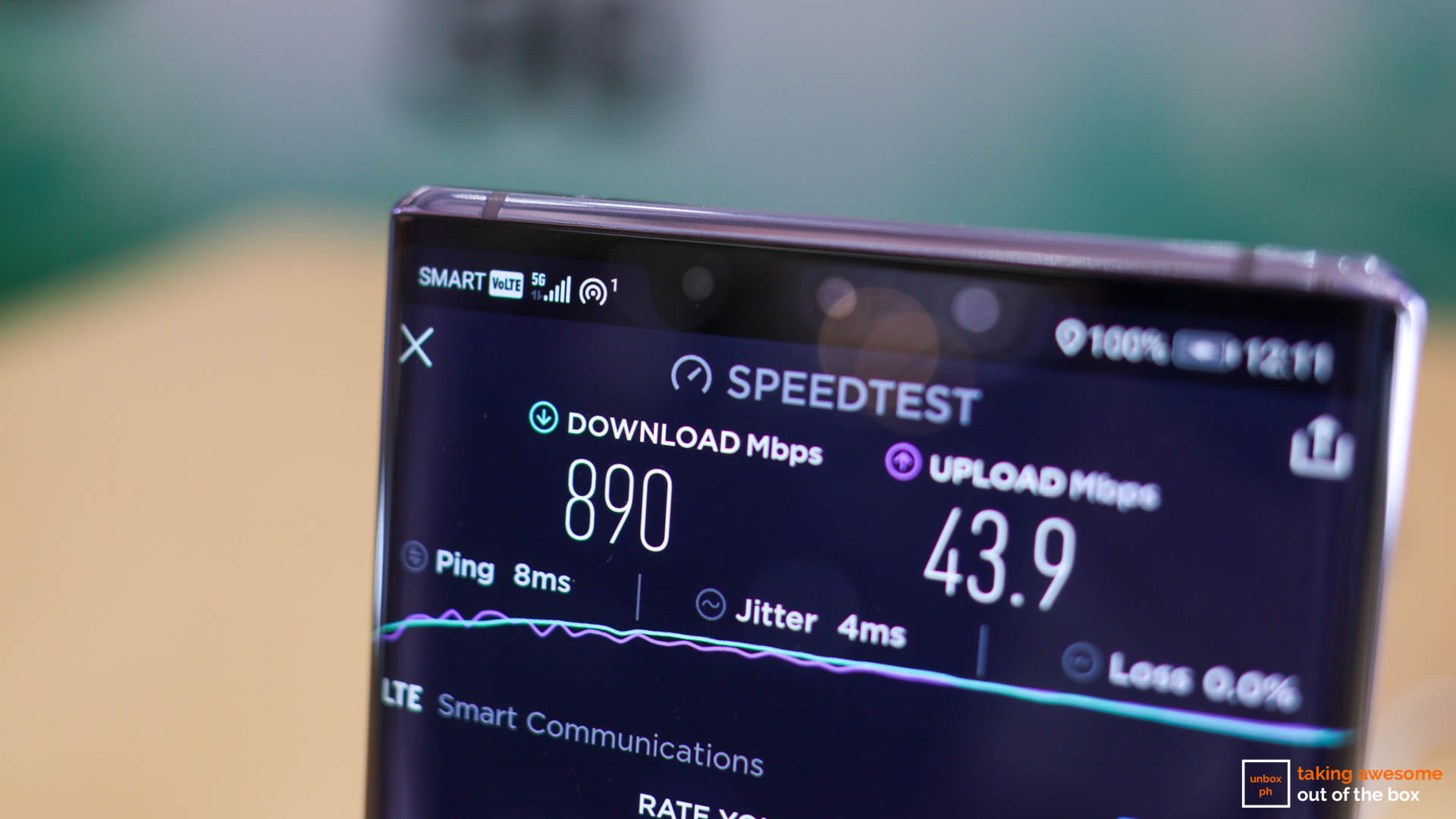 5G finally makes an appearance
5G finally makes an appearance
2020 will mark the official launch of 5G in the Philippines, as telcos like Smart are at the tail end of building their 5G networks, at least in areas like Manila.
With more and more smartphones popping up that’s capable of 5G, it’ll be hard for them not to offer the tech this year even in limited areas. There’s already 5G coverage in select locations like Clark, for example, so it’s not that far-fetched for them to start offering 5G to major metropolitan areas this year.
READ: It’s Not About The Speed: What You Need To Know About 5G
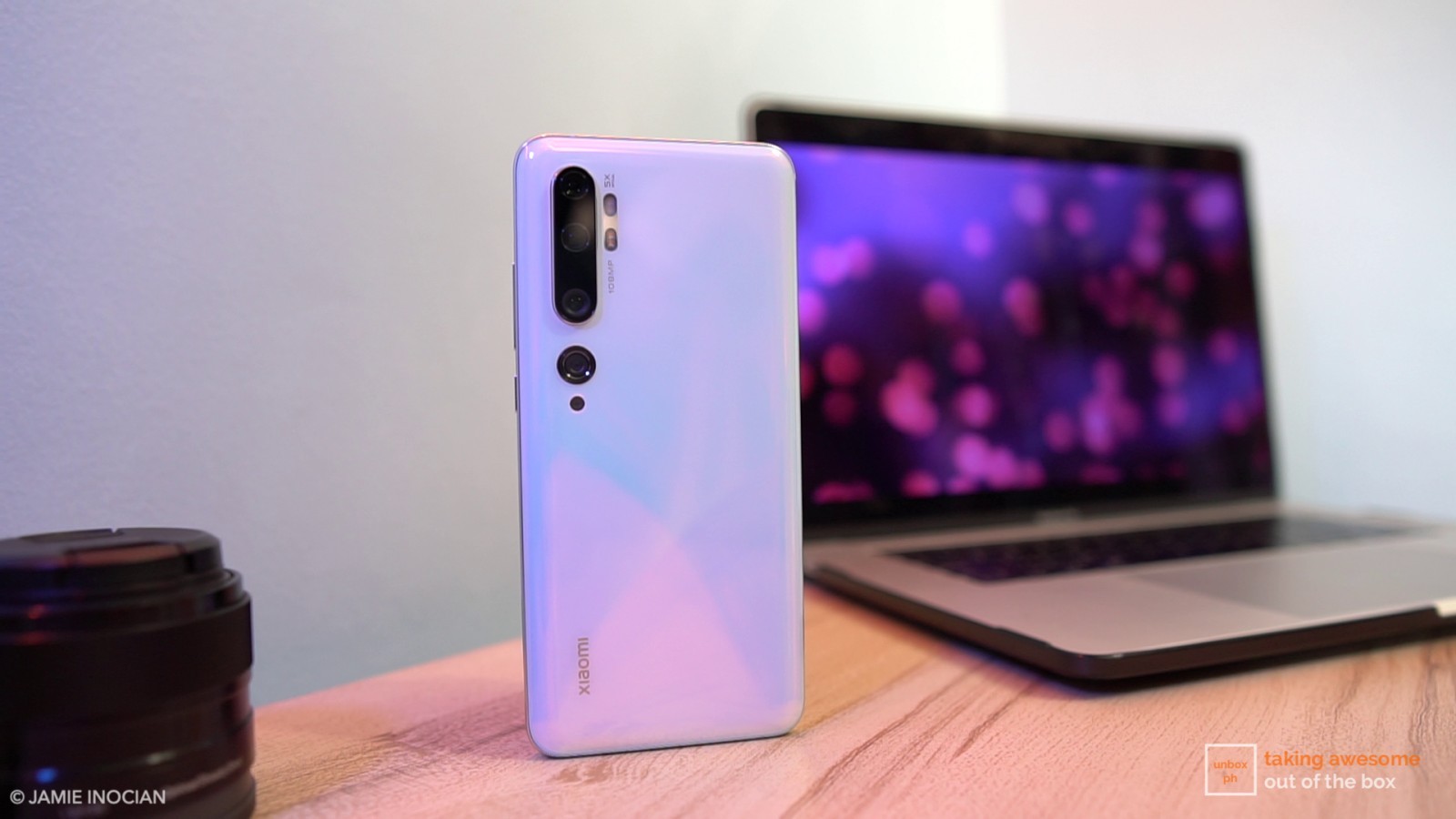 More cameras, more megapixels in phones
More cameras, more megapixels in phones
The past few months have been crazy in terms of smartphone camera tech. Not only are we getting even more and more megapixels in smartphones from 48, to 64 to 108, but we’re getting MORE cameras in phones as a whole.
Believe it or not, that’s a general trend that’ll continue well into 2020, as companies try to stuff as many cameras as physically possible into their phones. If you thought 4 cameras were the limit, well, get ready for 5, even 6 camera smartphones in the near future.
As for megapixel counts, expect mid-range phones to get more 64 and 108-megapixel models, though it’s still not clear if the megapixel wars will result in objectively better photos for the end-user. One thing’s for sure though – Sony and Samsung will rake in the big bucks for their imaging divisions next year, as they’re the go-to companies that make the cameras for smartphone manufacturers.


